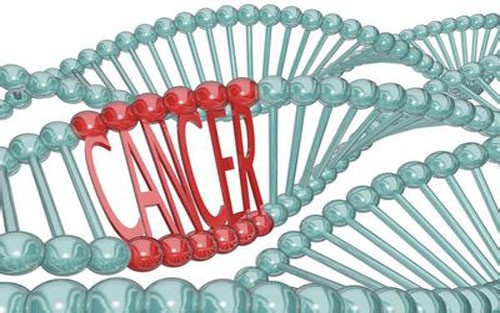In an article published in the July issue of Cell, the researchers compared genetic mutations in patients' tumors and cancer cell lines and tested the response of these cell lines to therapeutic drugs. By analysing where these data sets overlap, researchers can begin to predict on a large scale which drugs will fight cancer better.

Scientists are beginning to accumulate huge data sets about genetic mutations in cancer processes. This will make " precise medicine " more systematic. In an article published in the July issue of Cell, the researchers compared genetic mutations in patients' tumors and cancer cell lines and tested the response of these cell lines to therapeutic drugs. By analysing where these data sets overlap, researchers can begin to predict on a large scale which drugs will fight cancer better.
Tens of thousands of tumor samples and thousands of cell lines
Mathew Garnett, a cancer biologist at the Wellcome Trust Sanger Institute, said: "What we are doing now is essentially a process of discovery. It is an exciting process for how we will use special drugs to target specific people. The beginning of a new idea. This type of research was not possible a few years ago because we did not measure the tumor sequence of a sufficient number of patients at that time."
When developing new anticancer drugs, researchers often rely first on the cancer cell line in the laboratory. Ultan McDermott, a cancer clinician and researcher at the Sanger Institute, said: "You can't screen hundreds of drugs in a patient. But you can do it with cell lines. - Expose cell lines to different drugs. One is more sensitive."
It is unclear how close these cell lines are to what actually occurs in human tumors. The previous modeling of drug response using cancer cell lines was still done on a relatively small scale. To investigate a wider range of situations, Garnett, McDermott and colleagues collected genetic information from more than 11,000 tumor samples from two public datasets (The Cancer Genome Atlas and the International Cancer Genome Consortium) for data analysis.
Food emulsifier refers to the material that can improve the surface tension between various constituent phases in the emulsifying system and form uniform dispersion or emulsifying body, also known as surfactant. Or to make the insoluble liquid into uniform dispersed phase (emulsion) of the material, add a small amount of oil and water can significantly reduce the interface tension, emulsifying effect of food additives.
Emulsifiers in food include:
Emulsification; Foaming effect; Suspension; Demulsification and defoaming; Complexation; Crystallization control; Wetting; Lubrication.
The emulsifiers provided by our company include: sodium stearyl lactate, calcium stearyl lactate, diacetyl tartrate monoglyceride, sucrose fat ester, distilled monoglyceride, laurate monoglyceride, propylene glycol fatty acid ester, polyglycerin monostearate, etc.
Besides the emulsifying agents material in supply, our company also can custom your unique formula upon your requirements. The formula is under confidential to protect your business.
sodium stearyl lactate, calcium stearyl lactate, diacetyl tartrate monoglyceride, sucrose fat ester, distilled monoglyceride
Allied Extracts Solutions , https://www.alliedbiosolutions.com